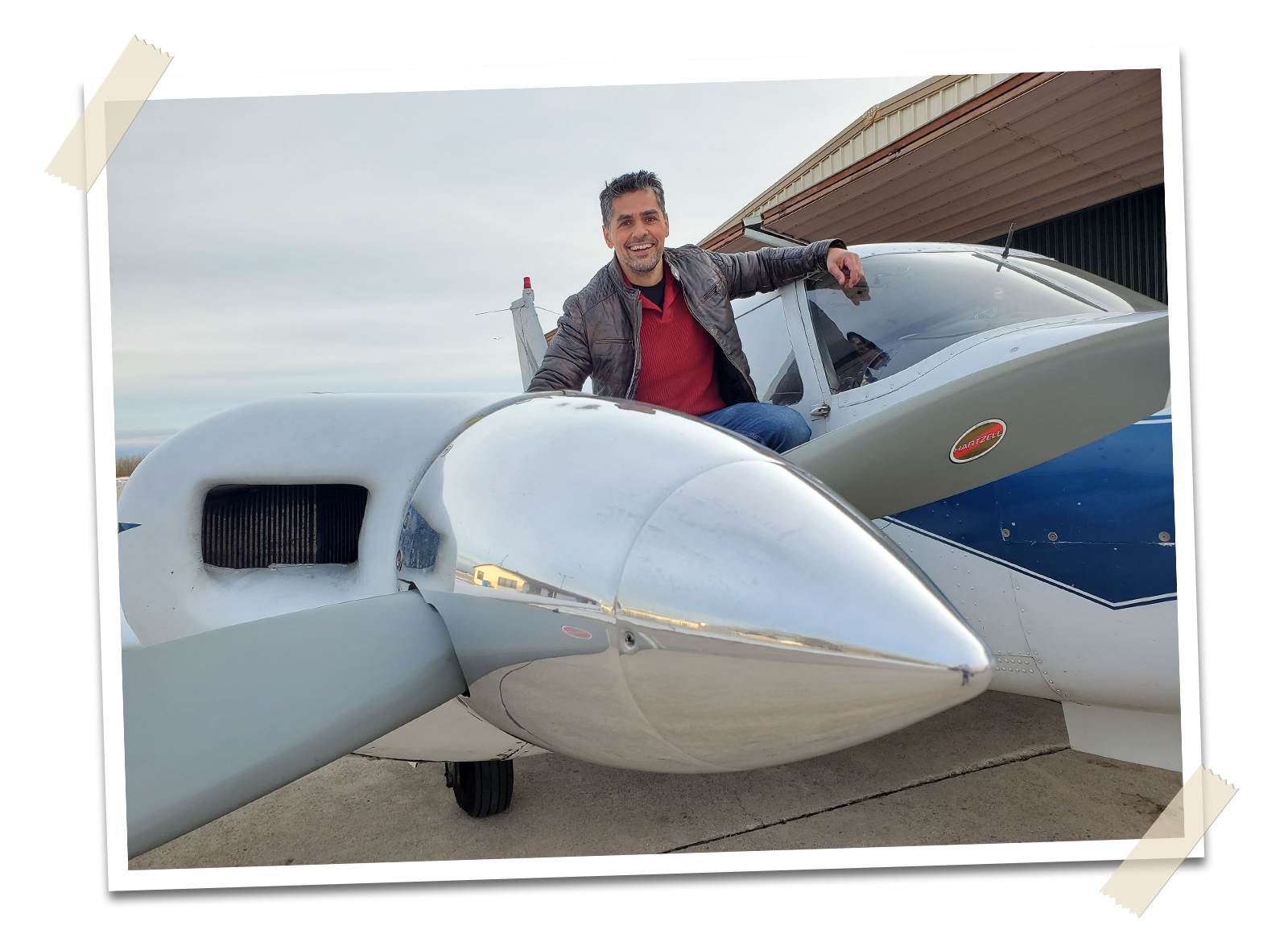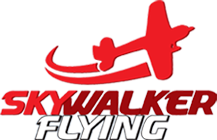Multi-Engine Training

Learn the Aerodynamic Differences Between Single and Multi-Engine Planes
The multiengine rating is a huge step in any pilot’s career. It is usually added-on to an existing rating, either commercial or private. An aircraft with more than one engine increases the work-load for the pilot by far more than 2 engines would seem. Our Multi-Engine training curriculum will teach the aerodynamic differences between the single and the multi-engine plane and the issues inherent if one engine fails. While there are no specific hour requirements for adding a multi-engine rating to a certificate, typically most pilots will require about 7-10 hours of flight training to reach the proficiency required to pass the practical test. Our training is conducted in a Piper Twin Commanche.
Multi-Engine Rating
A Multi-Engine Land (MEL) rating allows a pilot to operate as pilot-in-command of an aircraft with more than one engine.
Multi-Engine rated pilots will experience the remarkable improvement in aircraft performance capability along with an increase in speed, power, and rate of climb. Managing the complexity and workload of a multi-engine aircraft is both exhilarating and rewarding.
The multi-engine land rating is an “add-on” to an existing single-engine land private or commercial certificate. For this rating, both VFR and IFR operations will be emphasized. There are no minimum time requirements for the multi-engine land rating; however, you will need an instructor endorsement for flight and ground training prior to taking the checkride. There is no written exam, only an oral exam and practical checkride are required.
While a multi-engine rating can be added to a private or commercial pilot certificate. In most cases it makes more sense to wait until a pilot has a commercial pilot certificate and instrument rating as this will save the pilot a substantial amount of money in the long run.
Multi-Engine Rating
A Multi-Engine Land (MEL) rating allows a pilot to operate as pilot-in-command of an aircraft with more than one engine.
Multi-Engine rated pilots will experience the remarkable improvement in aircraft performance capability along with an increase in speed, power, and rate of climb. Managing the complexity and workload of a multi-engine aircraft is both exhilarating and rewarding.
The multi-engine land rating is an “add-on” to an existing single-engine land private or commercial certificate. For this rating, both VFR and IFR operations will be emphasized. There are no minimum time requirements for the multi-engine land rating; however, you will need an instructor endorsement for flight and ground training prior to taking the checkride. There is no written exam, only an oral exam and practical checkride are required.
While a multi-engine rating can be added to a private or commercial pilot certificate. In most cases it makes more sense to wait until a pilot has a commercial pilot certificate and instrument rating as this will save the pilot a substantial amount of money in the long run.
SkyWalker Prerequisites
- Pilot must have a current FAA medical.
- Pilot must provide proof of citizenship (Passport or Birth Certificate) or TSA approval.
- Pilot must already be a single engine private pilot or above.
- Pilot should be current (Not required, however additional hours may be required if the pilot is not current)
Multi-Engine Training
SkyWalker Flying’s Multi-Engine training curriculum teaches the aerodynamic differences between the single and the multi-engine plane and provides the proper instruction needed to safely fly a twin (and pass the multi-engine checkride). While there are no specific hour requirements for adding a multi-engine rating to a certificate, typically most pilots will require about 10 hours of flight training to reach the proficiency required to pass the practical test. The FAA requires training in the following specific areas:
- Preflight Preparation
- Preflight Procedures
- Airport Operations
- Takeoffs, Landings, and Go-Arounds
- Performance Maneuvers
- Navigation
- Slow Flight and Stalls
- Emergency Operations
- Multi-Engine Operations
- High-Altitude Operations
- Post Flight Procedures
As with all flight training, preparing for a multi-engine rating requires both ground and flight training. The ground information covers specifics including aircraft systems, principles of flight (normal and single-engine), aerodynamics, and weight & balance. The flight portion consists of normal and emergency multi-engine aircraft operations and maneuvers. We provide a training manual to assist in your study of the multi-engine knowledge and the portions specific to our aircraft, a Piper Twin Comanche.

" I did multi-engine training here and now an instructor here - the owner, the instructors, and the atmosphere are amazing! Everyone is so nice, knowledgeable and eager to share and pass their knowledge on to others. The owner, Jo, has a real deep care for every student. She also cares deeply for her employees. It's a family atmosphere. I am proud to be a part of it. And no, I am not prompted to say these nice things. It's the absolute truth and I'd shout it to the world for the rest of my days."
- Jack Cooperwasser

" I did multi-engine training here and now an instructor here - the owner, the instructors, and the atmosphere are amazing! Everyone is so nice, knowledgeable and eager to share and pass their knowledge on to others. The owner, Jo, has a real deep care for every student. She also cares deeply for her employees. It's a family atmosphere. I am proud to be a part of it. And no, I am not prompted to say these nice things. It's the absolute truth and I'd shout it to the world for the rest of my days."
- Jack Cooperwasser
All Rights Reserved | SkyWalker Flying
Website Design by Artonic
